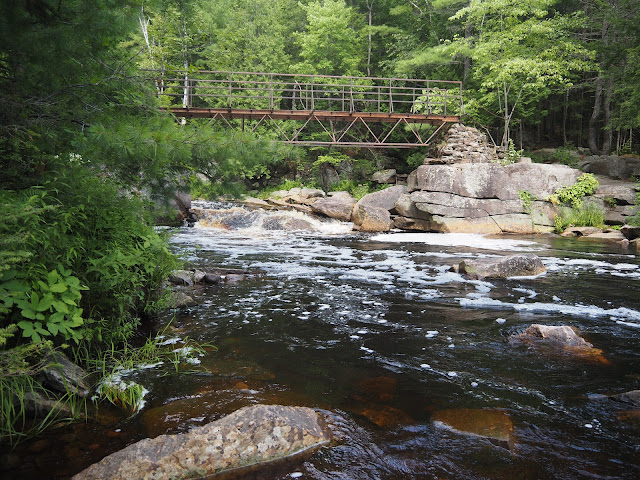 |
This isn't from the COP, and is a joke about domestic government policy, not international negotiations, but still conveys what climate change talks are like
|
I'm assuming that a few readers have figured out that the posts from the 2015 Conference of the Parties are easily accessible without my having to reproduce them here.
That's true.
So I should add some value in these re-run posts, such as shedding light on how it happened that I was even there at all, and what on earth it was that I was supposed to do.
I was there as part of the Canadian delegation. As a member of the framework convention on climate change, Canada attends the annual conference of the parties. Canada always invites the provinces to send representatives along.
Provinces can send as many people as they like, but only one per province can be assigned the role of "super delegate," a title that inspires lots of dumb jokes, some of which you are thinking of right now.
As Ontario's super delegate, I had quasi-privileged access to the negotiations but of course could not in any way negotiate at all.
In the COP early days, I could sit in on the plenary negotiation sessions, which, as illustrated in my last post, were maddeningly unproductive and obtuse. I could also attend the morning briefings of the Canadian negotiating team, like the one I was late for on the first day.
As time wore on and negotiations heated up, access became more constrained. I couldn't sit in on the discussions any more. Even Canada's morning briefings stopped.
It was my job to send dispatches back to Ontario about what was going on, a job that got progressively more difficult. I resorted to various means of information gathering, not all of which make me proud. On the last day of the conference, I was reduced to cribbing notes from an industry newsletter, the only credible-seeming source I could find.
My blog posts, on the other hand, were more about my personal take on the COP, what it felt like to be in the midst of all that.
From Day Five
... I found a seat in an "overflow" room to listen to a conversation among all the members of the Convention. They had agreed to spend some time talking about the seven things they hate the most about each other.
It was an interesting conversation, but not a heartening or inspiring one.
...The most illuminating moment for me was the long "intervention" by the negotiator from Malaysia, representing a group of countries calling itself the "Like Minded Developing Countries." He went on at great length about the injustice of the countries who have caused climate change now looking to the developing countries, struggling to bring their populations out of poverty, to solve the problem for them. ... He was, to quote a line from a film perhaps fading from the collective memory, "mad as hell and not going to take it anymore." When he was done, there was applause in the overflow room. A lot of applause.
From Day Ten
I have a couple of favourite negotiators, not so much for what they say but how they say it. One is Claudia Salerno from Venezuela. She's strong and articulate in her "interventions" and she doesn't mince words. Not everyone finds her positions useful, but she's really good at her job...
I also admire the negotiator from Malaysia [see above], whom everyone calls "Professor".
Other distinguished negotiators:
For smooth delivery and resoundingly reasonable-seeming interventions, no one does a better job than the EU.
The party with the best mumble: Belarus.
Best-looking negotiating team: the Congo.
The night before last, a part of the Canadian team headed by Minister Catherine McKenna made a report to the President of COP on the progress of negotiations around "cooperative approaches" - meaning market mechanisms to achieve greenhouse gas emission reductions. The team was all women - the Minister, the Head Negotiator, the Chief Negotiator and the team specialist on market mechanisms - and under the bright lights of the plenary hall, with their tired faces and similar hair cuts projected on the big screens, they looked like a girl band about to perform a cover of Katy Perry's "Roar."
***
Next week, the last dispatches from the COP, and what the world looked like eight wasted years ago.
Thanks for reading!
Karen
 |
Posing with Aurora, the steam punk Greenpeace polar bear puppet, from L to R:
Dianne Saxe, then the Environmental Commissioner of Ontario
now the Toronto city councillor for University/Rosedale and
Glenn Murray, then the Ontario Minister of Environment and Climate Change,
now, after not becoming leader of the federal Green Party and not becoming the
Mayor of Winnipeg, still looking for something to do. |












